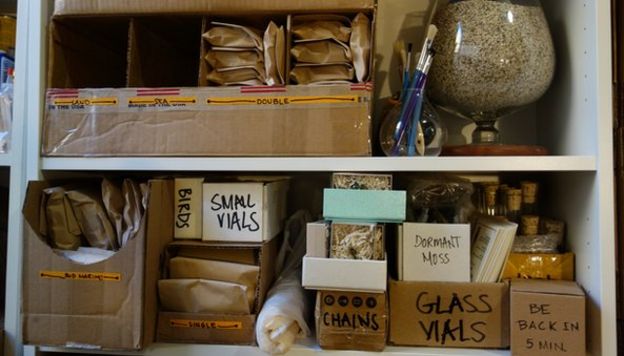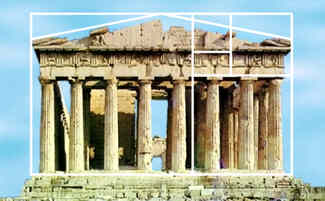Week 4 Blog Assignment | MedTech + Art
 |
| Symbol of the Hippocratic Oath |
In examining Hippocrates' Oath of Medicine [Tyson], we note that the Oath represents how medicine is meant to align "for the benefit of the sick". I find the oath significant in that it asks us to recall that the reason medical technologies are invented, the root of the field's progress, is the tangible goal of alleviating ailments and improving the physical human condition, which is different than previous fields such as Math/Robotics that don't directly overlap with human physicality.
The Curative Powers of Raw, Wet Beauty
I noticed that two different approaches have emerged to combat the reality of physical human pain in medical technology: one approach to examine the body from the inside and one from the outside.
To expand, we can evaluate the Ted Talk on "Raw, Wet Beauty" [Gromola], where Gromala explores MedTech x Art projects like the Interactive Meatbook; explaining that it represents how our dependence on language and books has ripped us from the primordial connection to our inner senses. In her project, Gromala finds us looking outside of ourselves for understanding (represented by the book) only to be reminded that understanding can be found within ourselves (the organs/meat/senses that we are composed of composes the book). She practices this process through her treatments in VR and Meditation, which take pain and treat them through sensations [NCE]. The curative purpose of medical technology therefore becomes tied to our inner states and the sensations that relieve the pain in different capacities, even if there is no quick cure.
Even if there were a quick cure for chronic illnesses, the procedures would still not be able to curb a body decayed by age or death itself - other physical hindrances of the human body. This is where fields like Transhumanism burgeon: not to look inside the body for answers as Gromala, but outside of the body entirely. Transhumanists advocate the improvement of human capacities through advanced technology; technology "we don’t notice because it’s blended in with the fabric of the world" [WTA].
Citations
Bostrom, Nick. "What Is Transhumanism?" Transhumanism.Org. World Transhumanist Association, n.d. Web. 26 Apr. 2015.
Hippocratic Symbol. Digital image. Snippits and Snappits. Blogspot, 15 Mar. 2015. Web. 26 Apr. 2015.
NCE, Grand. "Confronting Pain Project Basis for New Chronic Pain Research Institute at Simon Fraser University | GRAND NCE." Grand NCE. Grand NCE, 13 Mar. 2013. Web. 26 Apr. 2015.
Shutterstock. Transhuman Upgrade. Digital image. Wired UK. Conde Nast Digital, 03 Sept. 2012. Web. 26 Apr. 2015.
Tyson, Peter. "The Hippocratic Oath Today." PBS. PBS, 27 Mar. 2001. Web. 26 Apr. 2015.
Willis, Paul. "A Transhuman Future? - Royal Institution of Australia." Royal Institution of Australia. RiAus - Australia’s Science Channel, 26 Feb. 2014. Web. 26 Apr. 2015.







